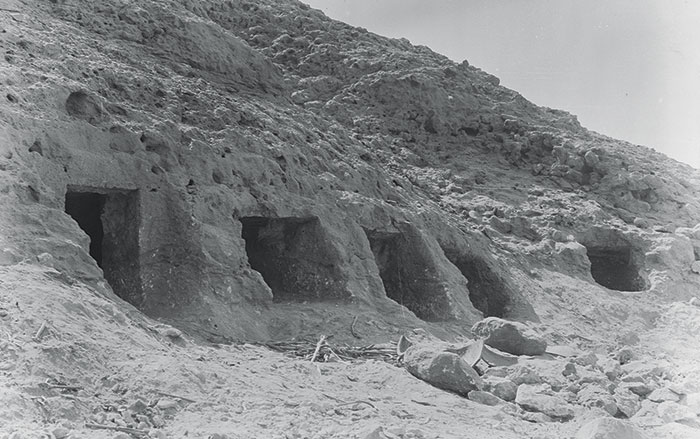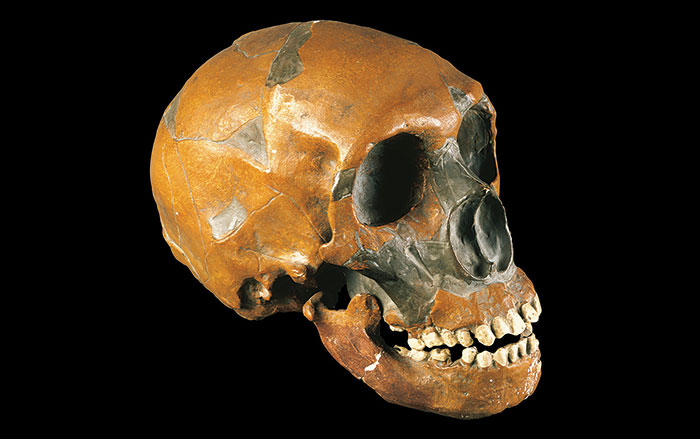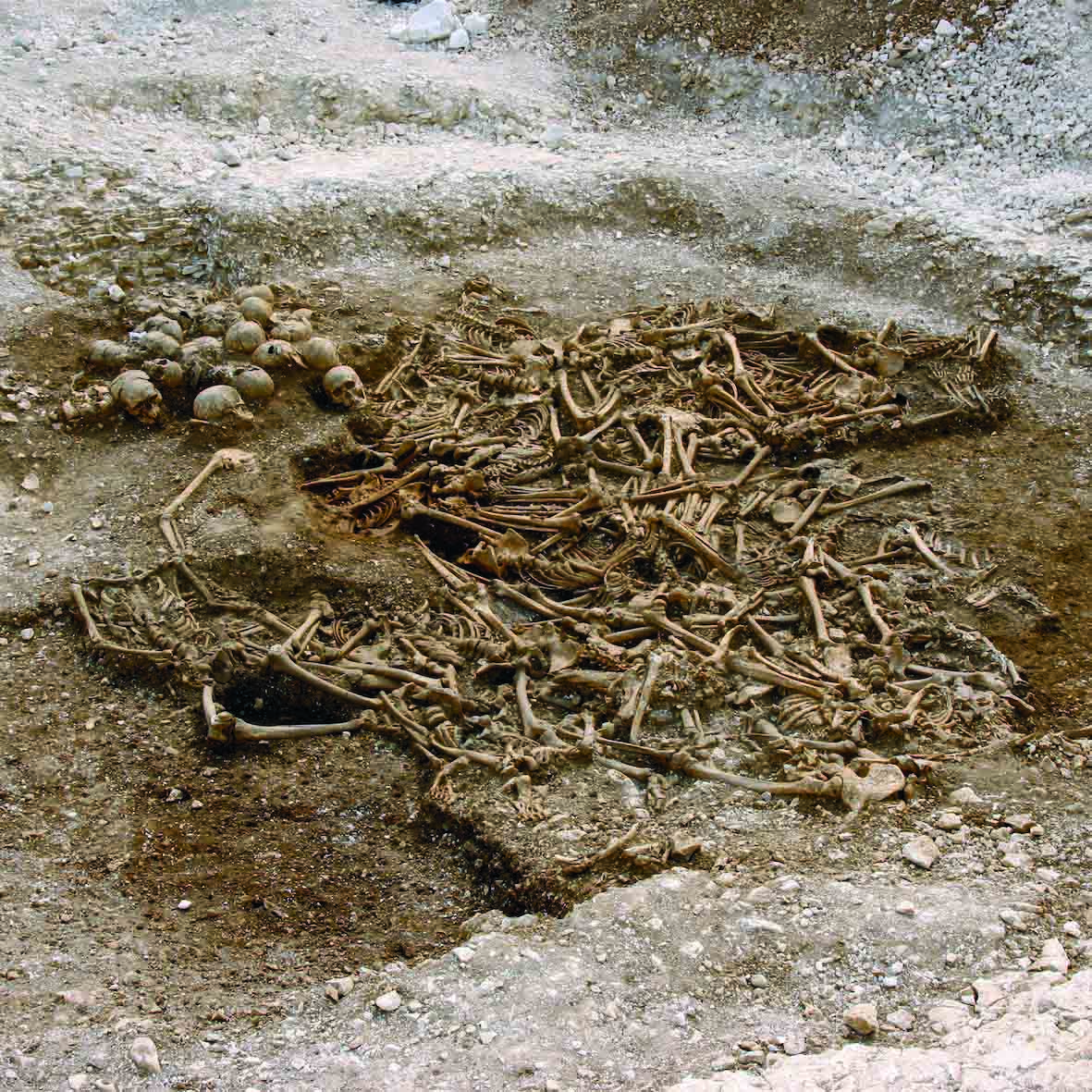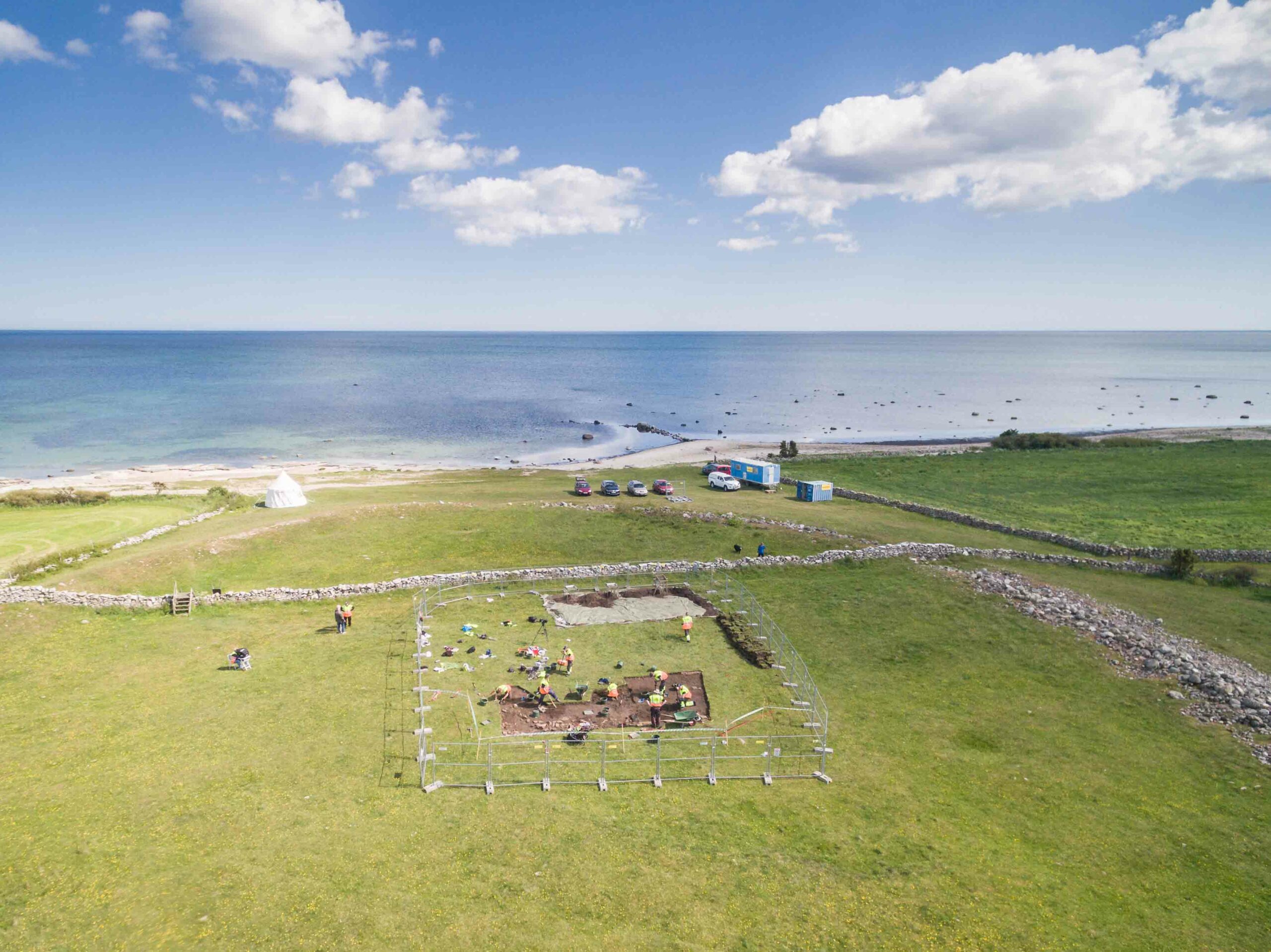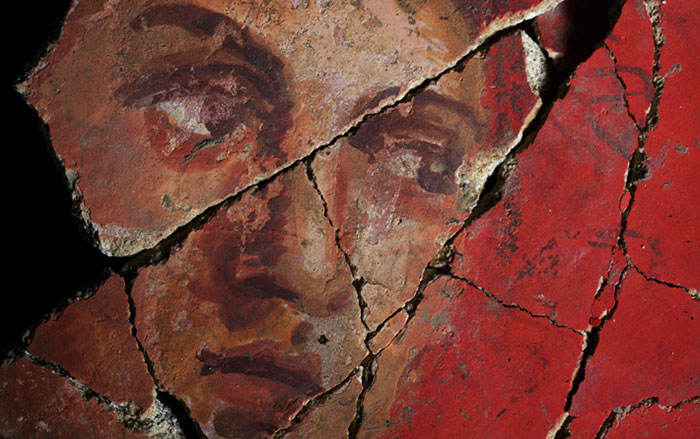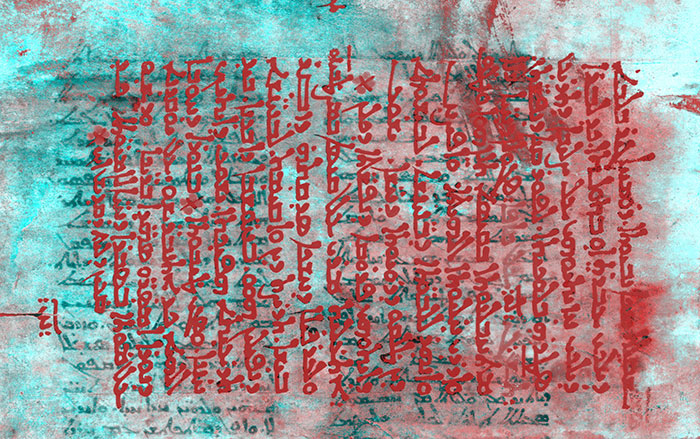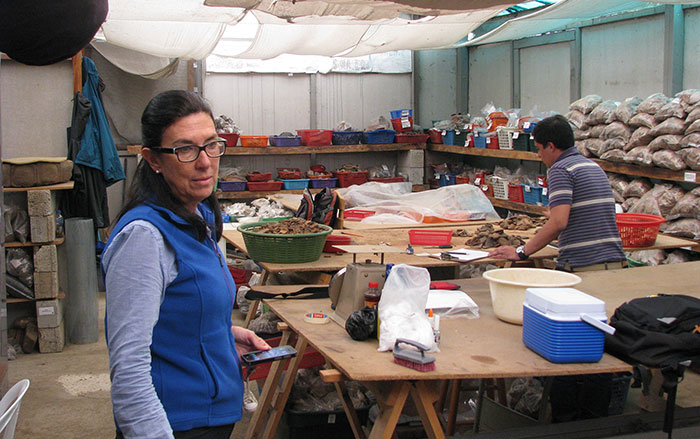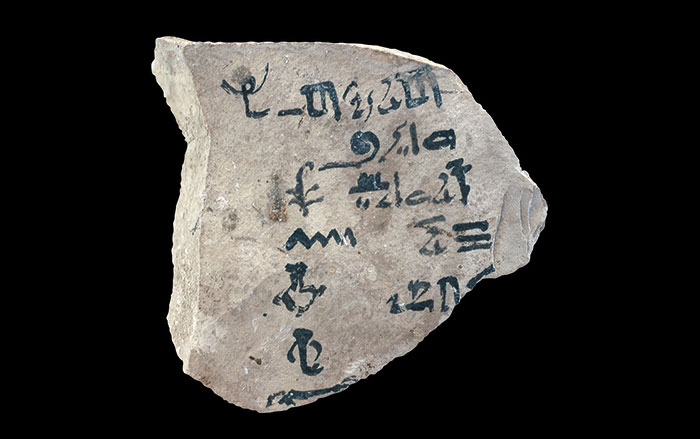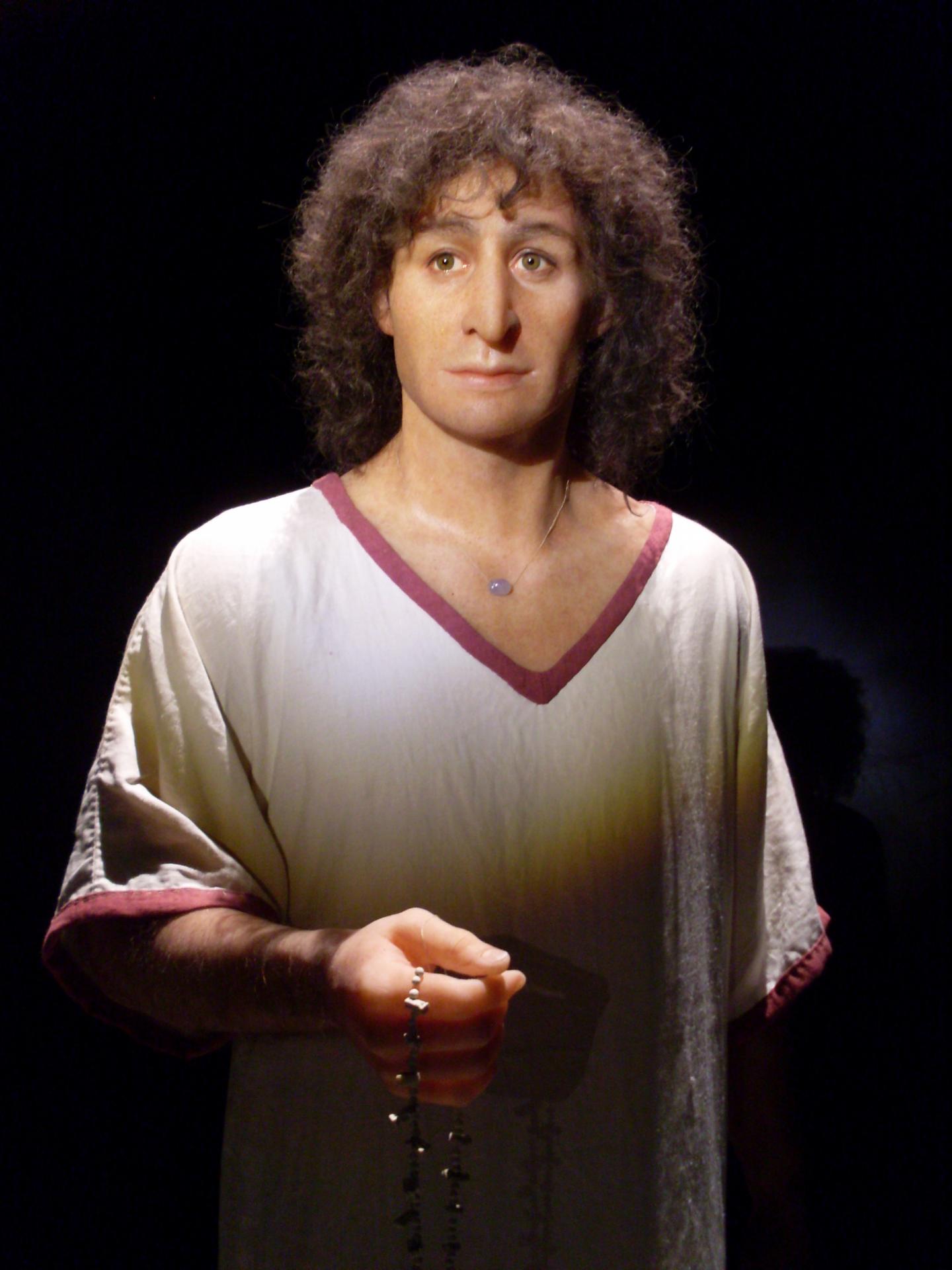
CARTHAGE, TUNISIA—Scientists have completely mapped the genome of the "Young Man of Byrsa,” a Phoenician who lived 2,500 years ago, and whose remains were discovered outside Carthage in 1994, reports the Independent. The Phoenicians were an influential seafaring people who originated in Lebanon around 1500 B.C. and then colonized much of the Mediterranean, including what is now Tunisia, where they founded Carthage. The team, co-led by University of Otago geneticist Lisa Matisoo-Smith, found that the man had a rare mitochondrial haplogroup that is thought to have originated 20,000 to 25,000 years ago among European hunter-gatherer populations. His DNA most closely matched that of a modern-day Portuguese person, and the researchers speculate that the Young Man of Byrsa's maternal ancestry lay somewhere on the Iberian Peninsula, not in North Africa or the Near East, as might have been expected. The team hopes further research on Phoenician DNA will reveal more about ancient migration and exchange patterns. To read more about Phoenicians, go to “History’s 10 Greatest Wrecks: Bajo de la Campagna.”


